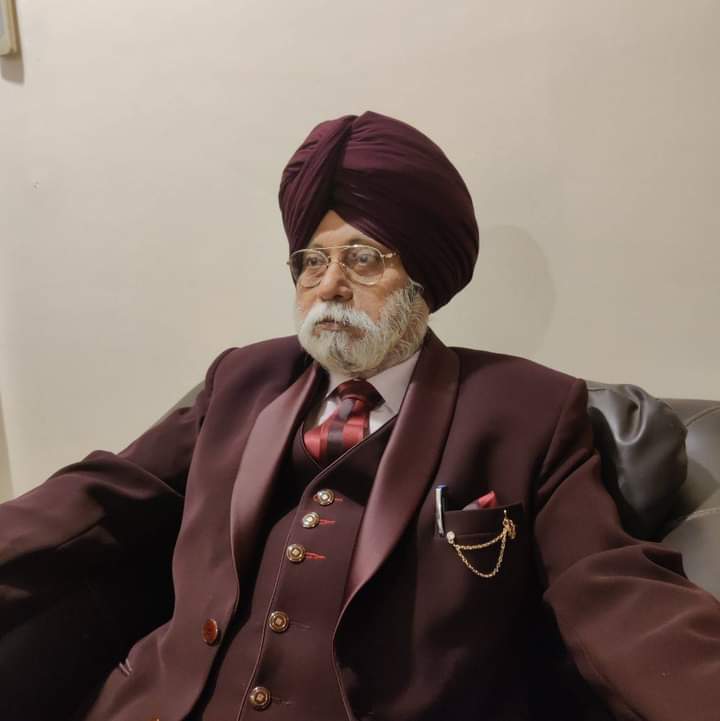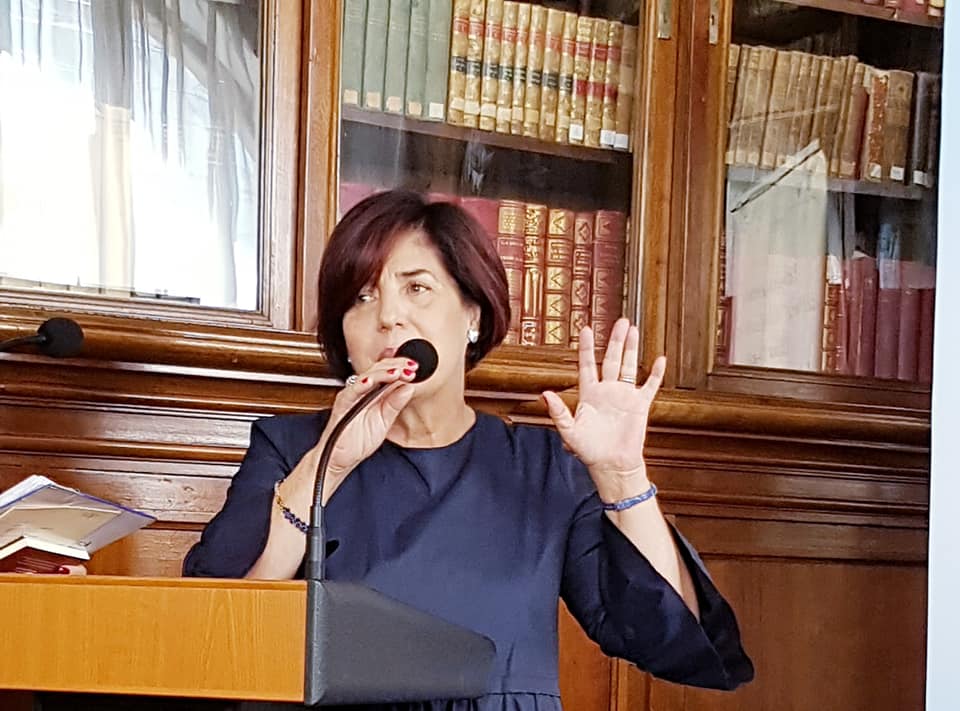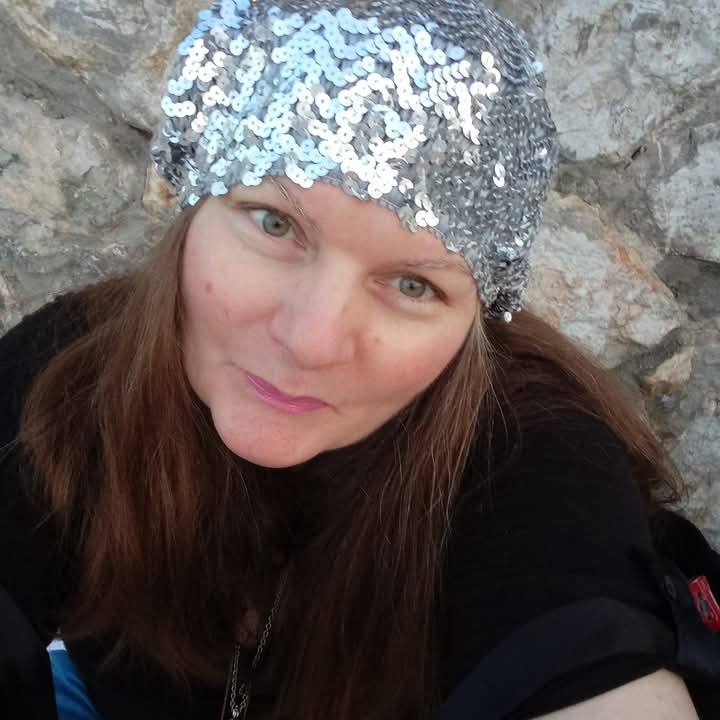PRISM OF CONSCIOUSNESS
We are thrilled to announce a call for submissions for the poetry anthology Prism of Consciousness. This anthology will accompany the upcoming VI INTERNATIONAL CONFERENCE OF THE CAESURAE COLLECTIVE SOCIETY, jointly organised by the Centre for Indian Arts and Cultural Studies (CIACS), Cooch Behar Panchanan Barma University, Department of English, Cooch Behar College (affiliated to the university), and Caesurae Collective Society in collaboration with Sri Vishnu Mohan Foundation, Chennai. The conference will be held from 9–11 April 2025 at Cooch Behar, the erstwhile princely state in West Bengal, India.
The anthology seeks to weave a fabric of poetic expressions that resonate with the theme of consciousness—exploring the mind, the self, and the infinite cosmos—weaving together poetic voices that reflect on what it means to be aware, alive, and interconnected.
INTERNATIONAL CONFERENCE OF THE CAESURAE COLLECTIVE SOCIETY
Date : 9, 10, & 11 April 2025
Venue : Cooch Behar College
Place : Cooch Behar, the erstwhile princely state in West Bengal, India
THEME
Prism of consciousness—a profound interaction of thought, emotion, and awareness that shapes our experience of reality. We invite poets to explore this theme in all its dimensions:
A THOUGHT TO EXPLORE
Mind and Self: Reflections on identity, awareness, and the inner workings of thought.
Interconnectedness: The interplay between individual consciousness and the external world, including nature, society, and the cosmos.
Altered States: Dreams, meditations, mystical experiences, and other states of awareness.
Cultural Perspectives: Diverse interpretations of consciousness across traditions, philosophies, and spiritual practices.
The Future of Consciousness: Technological influences, artificial intelligence, and the evolution of awareness.
SUBMISSION GUIDELINES
1. Eligibility: Open to poets worldwide. Submissions in English are preferred.
2. Submission Limit: Up to three poems per person; one poem will be selected.
3. Format: Submissions must be in a single Word document, with each poem on a separate page. A high-resolution headshot photograph (JPEG format) is required.
4. Length: Individual poems should not exceed 37 lines. The bio should be a succinct biographical narrative of up to 111 words, written in the third person.
5. Originality: Submissions must be original and unpublished works. We kindly request that you refrain from simultaneous submissions and choose to share your work exclusively with our anthology.
6. Declaration: Include a cover letter affirming that your submitted work is entirely your own and has not been published elsewhere.
7. Personal Information – Provide the following details in the body of your email: full name, postal address with landmark, email address, and mobile number.
SUBMISSION CONTENT
Your submission must include the following:
1. Poem(s)
2. Bio
3. Photo
4. Declaration
5. Personal Information
IMPORTANT
1. Submissions will only be considered for selection once all five required items are provided as per the guidelines.
2. The decisions of our selection process are final and irrevocable.
SUBMISSION DETAILS
Deadline: 10th February 2025
Email: Orbindo.ganga@gmail.com
Subject Line: “Submission: Prism of Consciousness Anthology”
AVAILABILITY OF COPIES
1. For Co-authors:
Co-author may purchase copies at a discounted rate before publication.
2. Paperback Price:
Market Price: Rs 600/- (for international authors: $60/-) plus delivery charges after publication.
Discounted Rate for Co-authors: Rs 480/- (for international authors: $45/-), including delivery charges before publication.
BOOK LAUNCH, POETRY READING, AND DISCUSSIONS
The book will be launched during the conference in Cooch Behar (West Bengal), with featured poets invited to participate in a special poetry reading session and discussions.
𝐏𝐀𝐑𝐓𝐈𝐂𝐈𝐏𝐀𝐓𝐈𝐎𝐍 𝐃𝐄𝐓𝐀𝐈𝐋𝐒 @ 𝐂𝐨𝐨𝐜𝐡 𝐁𝐞𝐡𝐚𝐫
Please note that the poetry reading session and discussion will include participants whose work has been selected for the anthology Prism of Consciousness.
If your poem has been selected and you wish to participate in the conference at Cooch Behar, kindly email us. We will send you the registration form.
FOR REGISTRATION
Same as the conference email.
REGISTRATION FEE
Same as the conference registration fee.
Registration will close on 22nd February 2025.
Join us in creating a poetic philharmonic that resonates across minds, hearts, and worlds.
For poetry anthology inquiries-
CONTACT
Email: orbindo.ganga@gmail.com
Whatsapp: + 91 9895290371
******************************************************************************************
ABOUT THE CONFERENCE
The conference is an interdisciplinary gathering of thinkers, researchers, philosophers, and artists, united in the pursuit of unraveling the mysteries of consciousness. It will feature academic sessions, poetry readings and discussions, book launches, music workshops, an exhibition based on the theme, lecture demonstrations, and cultural events. By linking this anthology to the conference, we aim to celebrate the poetic voice as an essential element in exploring human awareness.
The conference Paradigms of Consciousness and Its Cultural and Aesthetic Expressions seeks to investigate the diverse ways in which consciousness and spirituality are understood, experienced, and articulated across disciplines and cultures. Consciousness, as a complex and multifaceted phenomenon, transcends disciplinary boundaries, integrating philosophical, artistic, scientific, cultural and psychological perspectives. This conference offers a platform to explore these intersections, delving into the deep connections between the mind, self, and the world, as expressed through various cultural and aesthetic forms.
Selected papers will be published in a volume by an international publisher and in our ejournal: Caesurae: Poetics of Cultural Translation (ISSN 2454-9495)
 Please send your Abstracts in about 500 words to conferencecaesurae2025@gmail.com.
Please send your Abstracts in about 500 words to conferencecaesurae2025@gmail.com.
 Deadline: 20 February 2025
Deadline: 20 February 2025
 Acceptance of Abstracts by 26 February 2025
Acceptance of Abstracts by 26 February 2025
 Registration process should be completed within 7 days of acceptance of Abstracts
Registration process should be completed within 7 days of acceptance of Abstracts
 Registration Fees – Rs 2000 for participants in India and 25 $ for overseas participants + Caesurae Membership Fee – Annual (Rs 500 / $6 for overseas participants) / Life (Rs 5000/ $ 60 for overseas participants).
Registration Fees – Rs 2000 for participants in India and 25 $ for overseas participants + Caesurae Membership Fee – Annual (Rs 500 / $6 for overseas participants) / Life (Rs 5000/ $ 60 for overseas participants).
 Accommodation (On request) for twin sharing rooms: Rs 3500
Accommodation (On request) for twin sharing rooms: Rs 3500
(Registration fees will cover access to the plenaries and panels of the Conference, including the musical, literary and Zoom sessions of the international speakers, as well as a Participation Certificate. A working lunch will be provided and a conference kit.)
** It is mandatory to take Caesurae membership for participating in our conferences. If you are a Life Member you must only pay the Registration Fee. If you are an Annual Member and have not renewed your membership you either you become a Life Member or take an Annual Membership.
 How to pay Registration fee and Membership fee?
How to pay Registration fee and Membership fee?
Once we accept your abstract, we will send you our Bank details and a Google Form link.
✓ For Registration and Caesurae Annual Membership: Rs 2500/-
✓ For Registration and Caesurae Life Membership: Rs 7000/-
✓ For Registration + Annual Membership + Accommodation: Rs 6000/-
✓ For Registration + Life Membership + Accommodation: Rs 10,500/-
CONFERENCE REGISTRATION FEE
Indian participants – ₹ 2500
Overseas participants – $ 31
CONTACT:
Email: conferencecaesurae2025@gmail.com
Whatsapp: + 91 8017147503
******************************************************************************************
Kind regards,
Orbindu Ganga
Chief Editor
PRISM OF CONSCIOUSNESS
&
Member, Editorial Board
Caesurae Journal
Yahoo Mail: Αναζητήστε, οργανωθείτε, πετύχετε



 Please send your Abstracts in about 500 words to
Please send your Abstracts in about 500 words to 

